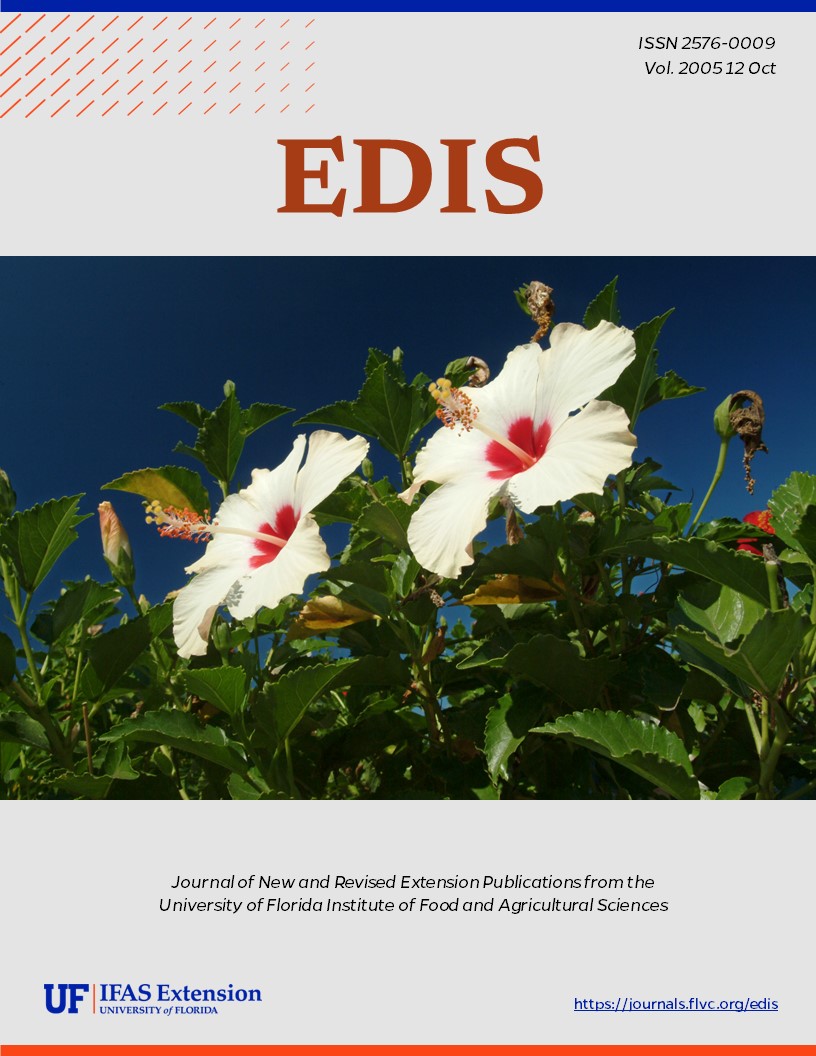Abstract
The order Odonata contains the dragonflies and damselflies and is one of the most popular insect groups. Odonates are popular with both the amateur and professional because they are large, colorful, easily observable and have exceptionally charismatic behaviors. In recent years dragonflies in particular have been popular with birders as many dragonflies rival birds in wingspan, color, gregariousness, and predictability. As a result of their popularity with the public, they have become the focus of many conservation efforts in North America, Europe, and Asia. This document is EENY-355, one of a series of the Entomology and Nematology Department, UF/IFAS Extension. Original publication date August 2005.
EENY355/IN632: Dragonflies and Damselflies (Insecta: Odonata) (ufl.edu)
References
Anonymous. (2005). The Dragonfly Society of the Americas. http://odonatacentral.bfl.utexas.edu/dsa1/default.htm (15 August 2005).
Corbet PS. 1999. Dragonflies: Behavior and Ecology of Odonata. Comstock Publishing Associates, Cornell University Press. Ithaca, New York.
Daigle JJ. 1991. Florida Damselflies (Zygoptera): A Species Key to the Aquatic Larval Stages. State of Florida Department of Environmental Regulation. Technical Series. Vol. 11 Num. 1
Daigle JJ. 1992. Florida Dragonflies (Anisoptera): A Species Key to the Aquatic Larval Stages. State of Florida Department of Environmental Regulation. Technical Series. Vol. 12 Num. 1
Lohmann H. 1996. Das phylogenetische System der Anisoptera (Odonata). Entomologische Zeitschrift 106, 209-266.
Mauffray B. (2005). International Odonata Research Institute. http://www.afn.org/~iori/ (15 August 2005).
Merritt RW, Cummins KW. 1996. An Introduction to the Aquatic Insects of North America (3ed). Kendall/Hunt Publishing Company. Dubuque, Iowa.
Miller PL. 1992. The effects of oxygen lack on egg hatching in an Indian dragonfly, Potamarcha congener. Physiological Entomology 17:68-72. https://doi.org/10.1111/j.1365-3032.1992.tb00991.x
Mitchell F, et al. (2004). Digital Dragonfly Museum. http://stephenville.tamu.edu/~fmitchel/dragonfly/ (4 August 2005).
Mitchell F, et al. (2004). Damselflies of Texas. Digital Dragonfly Project. http://stephenville.tamu.edu/~fmitchel/damselfly/ (4 August 2005).
Rehn AC. 2003. Phylogenetic analysis of higher-level relationships of Odonata. Systematic Entomology 28:181-240. https://doi.org/10.1046/j.1365-3113.2003.00210.x
Sternberg K. 1990. Autokologie von sechs Libellenarten der Moore und Hochmoore des Schwarzwaldes und Ursachen ihrer Moorbindung. DrT, Albert-Luwigs-University, Feiburg Germany.
Westfall MJ, May ML. 1996. Damselflies of North America. Scientific Publishers, Gainseville, Florida. 649 pp.

